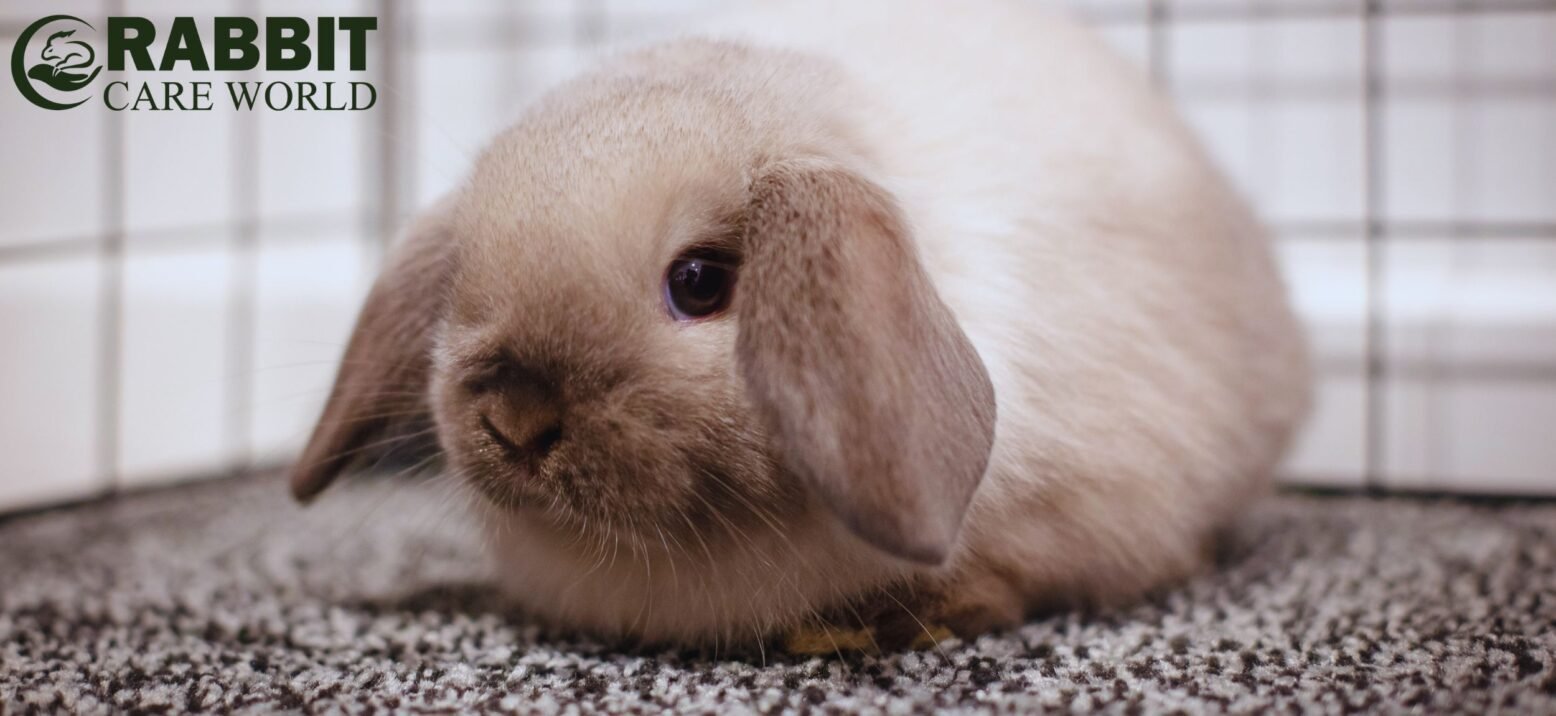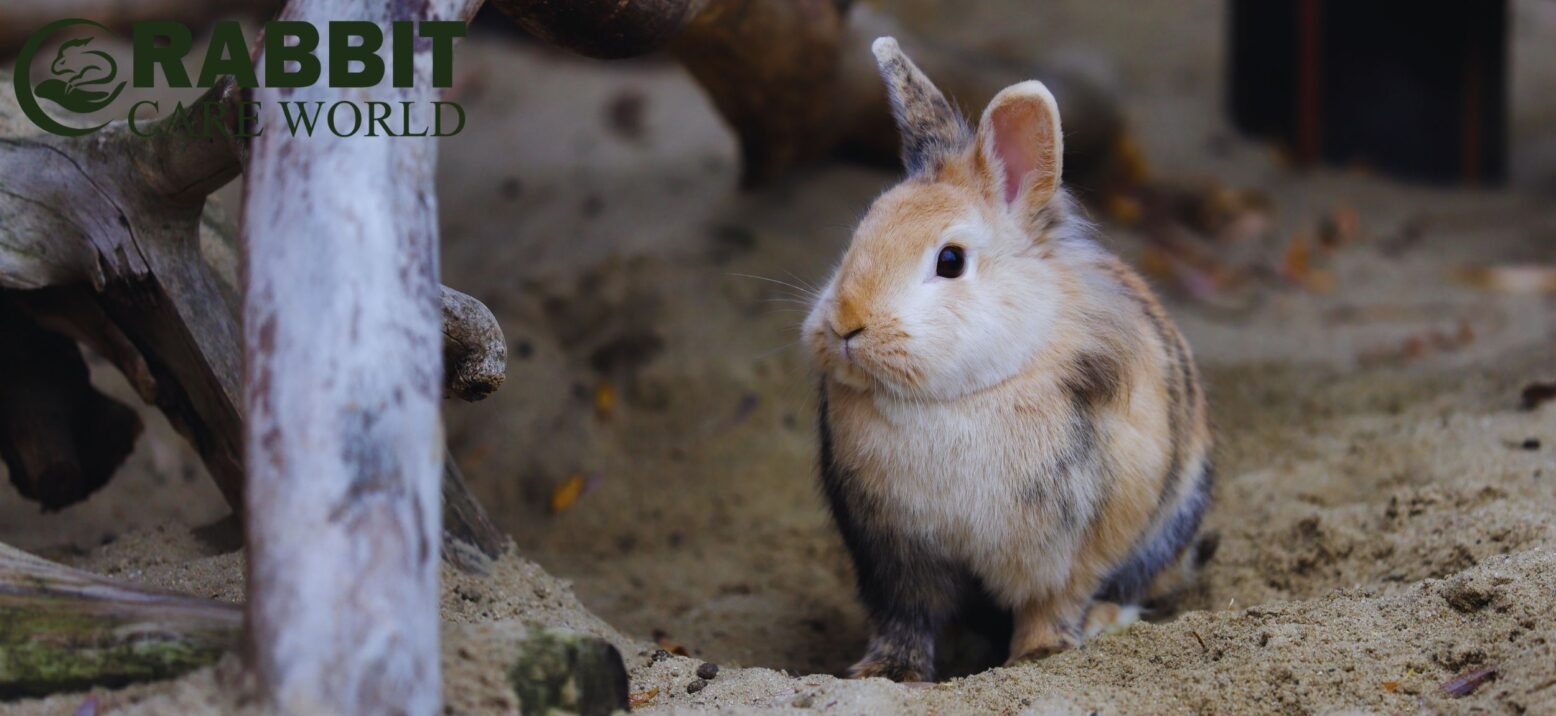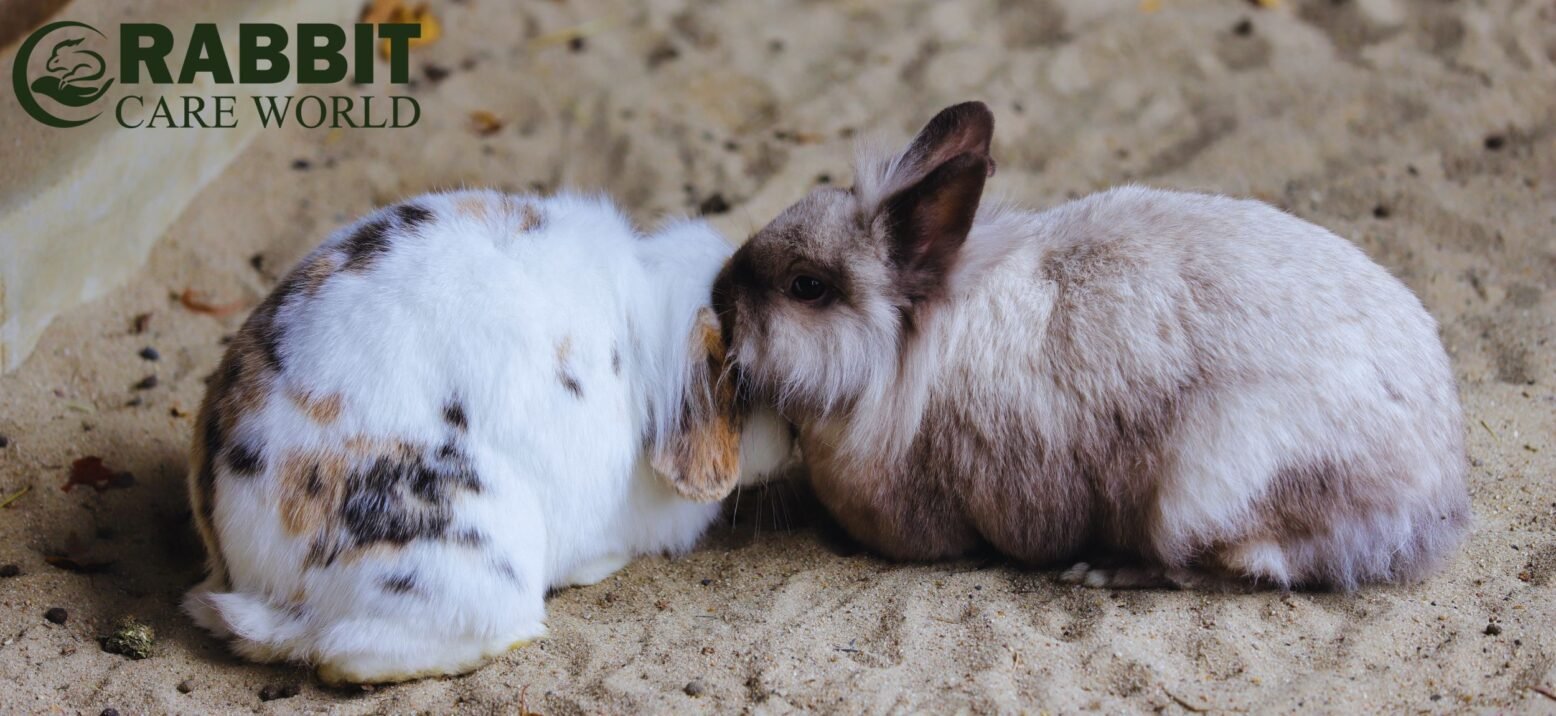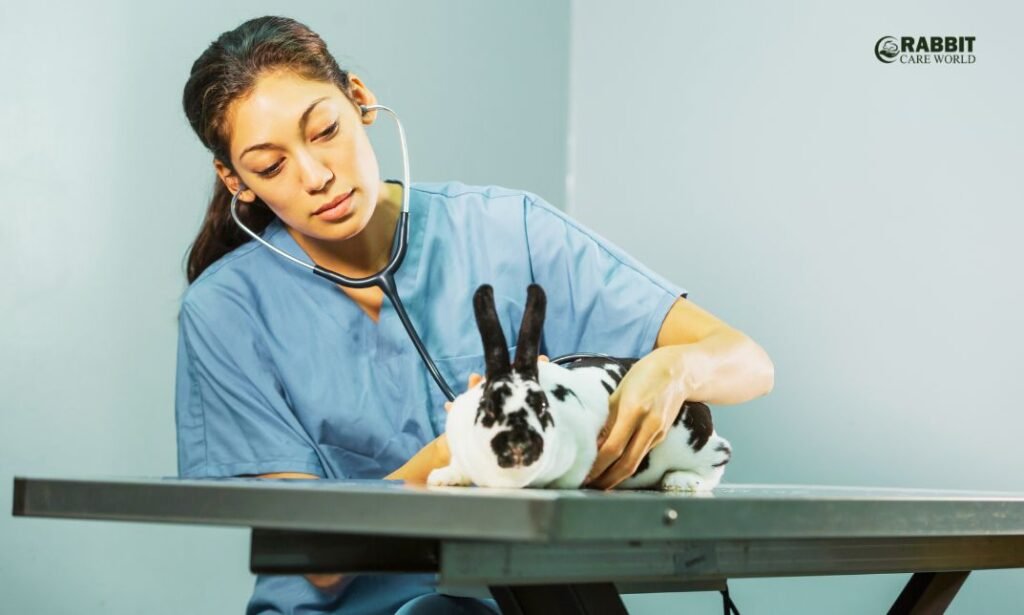The smallest rabbit in the world is the Columbia Basin Pygmy Rabbit. It weighs less than one pound and measures around 9 to 11 inches long.
Rabbits come in many shapes and sizes, but the tiniest among them is truly fascinating. Wondering what is the smallest rabbit? The Columbia Basin Pygmy Rabbit stands out due to its minuscule size, which makes it unique. These rabbits are native to North America and live in dense shrublands.
Despite their small stature, they have a significant role in their ecosystem. Their petite size makes them extremely vulnerable to predators and habitat loss. Understanding more about these little creatures can help in their conservation. Let’s dive into the world of the smallest rabbit and explore what makes it so special.
Table of Contents
ToggleTiny Rabbit Species

Rabbits come in all shapes and sizes, but some are truly tiny. These small rabbit species are known for their cute size and charming personalities. Let’s delve into two of the most popular tiny rabbit species: the Pygmy Rabbit and the Netherlands Dwarf.
Pygmy Rabbit
The Pygmy Rabbit is the smallest rabbit species in North America. They weigh less than a pound and are about 9 to 11 inches long. Their small size helps them hide from predators. Pygmy Rabbits have a grayish-brown color which blends with their habitat.
Here are some key facts about Pygmy Rabbits:
- Weight: Less than 1 pound
- Length: 9 to 11 inches
- Color: Grayish-brown
- Habitat: Dense sagebrush areas
Netherlands Dwarf
The Netherlands Dwarf is another tiny rabbit species loved by pet owners. They weigh around 1 to 2.5 pounds and are 6 to 8 inches long. Their compact size makes them ideal for small living spaces. Netherlands Dwarfs have a variety of colors and patterns, adding to their appeal.
Key facts about Netherlands Dwarfs include:
- Weight: 1 to 2.5 pounds
- Length: 6 to 8 inches
- Color: Various colors and patterns
- Personality: Friendly and playful
Physical Characteristics
The smallest rabbit in the world, the pygmy rabbit, has unique physical characteristics. These tiny creatures are fascinating due to their size and appearance. Let’s dive into the details of their physical traits.
Size And Weight
Pygmy rabbits are incredibly small. Adults typically weigh between 375 to 500 grams (0.8 to 1.1 pounds). These rabbits measure about 23.5 to 29.5 centimeters (9.3 to 11.6 inches) in length. Their compact size helps them stay hidden in their natural habitat.
Fur And Coloration
The fur of pygmy rabbits is soft and dense. This helps them stay warm in cold weather. Their fur color is usually a mix of gray and brown. This coloration provides excellent camouflage among sagebrush and other vegetation.
| Characteristic | Details |
|---|---|
| Weight | 375 to 500 grams (0.8 to 1.1 pounds) |
| Length | 23.5 to 29.5 centimeters (9.3 to 11.6 inches) |
| Fur Texture | Soft and dense |
| Fur Color | Gray and brown |
Natural Habitat
The smallest rabbit in the world is the pygmy rabbit. Understanding its natural habitat is vital. This tiny creature thrives in specific environments. Let’s explore where this little rabbit calls home.
Geographical Range
The pygmy rabbit is mainly found in North America. Its range spans across the western United States. States like Idaho, Montana, and Oregon have significant populations.
Below is a table showing the key states where the pygmy rabbit is found:
| State | Region |
|---|---|
| Idaho | Northwest |
| Montana | Northwest |
| Oregon | West |
Preferred Environment

Pygmy rabbits prefer areas with dense shrub cover. They often live in sagebrush habitats. These areas provide both food and protection.
Sagebrush is vital for their diet and shelter. The dense cover helps them hide from predators. These rabbits also dig burrows to live in. Burrows protect them from harsh weather and enemies.
Here are some key features of their preferred environment:
- Dense shrub cover
- Abundant sagebrush
- Loose soil for burrowing
- Areas with little human disturbance
The pygmy rabbit’s habitat is crucial for its survival. Conservation efforts focus on protecting these environments.
Diet And Nutrition
The smallest rabbit, known as the Columbia Basin Pygmy Rabbit, has specific diet needs. Understanding their diet and nutrition is crucial for their health and well-being. Let’s dive into their natural diet and how they are fed in captivity.
Natural Diet
In the wild, the Columbia Basin Pygmy Rabbit relies on a varied diet. These rabbits primarily consume sagebrush, which makes up about 50% of their diet. They also eat grasses and other small plants. During the winter, sagebrush becomes even more vital, providing essential nutrients when other food sources are scarce.
Here’s a breakdown of their natural diet:
- Sagebrush: Main food source, especially in winter.
- Grasses: Includes bluegrass, wheatgrass, and needlegrass.
- Other Plants: Includes rabbitbrush, lupine, and balsamroot.
Captive Feeding
Feeding pygmy rabbits in captivity requires careful planning. Their diet should mimic their natural food as much as possible. This ensures they get the right nutrients and stay healthy.
In captivity, their diet includes:
- Sagebrush: Fresh or dried, to mimic their natural intake.
- Fresh Vegetables: Carrots, leafy greens, and bell peppers.
- Pellets: Specially formulated rabbit pellets for additional nutrition.
It’s important to provide clean, fresh water at all times. Regular feeding schedules help maintain their health and prevent digestive problems.
Here’s a sample feeding schedule:
| Time | Food |
|---|---|
| Morning | Fresh sagebrush and vegetables |
| Afternoon | Rabbit pellets |
| Evening | Fresh vegetables and water |
By following these guidelines, captive pygmy rabbits can thrive and stay healthy. Proper diet and nutrition are key to their well-being.
Behavior And Temperament
The smallest rabbit, often known as the Netherland Dwarf, possesses unique behavior and temperament. Their small size doesn’t limit their big personalities. Understanding their social behavior and interaction with humans is key to keeping them happy and healthy.
Social Behavior
Netherland Dwarf rabbits are social creatures. They enjoy the company of other rabbits and can form strong bonds. These rabbits communicate through body language and sounds.
- Thumping: A sign of alarm or excitement.
- Purring: Indicates comfort and happiness.
- Nudging: Shows affection or a request for attention.
They are known for their playful nature. They love to explore and need mental stimulation. Toys and interaction are essential. They can become bored without enough activities.
Interaction With Humans
Interaction with humans is another important aspect. Netherland Dwarfs can be shy at first. Building trust is crucial. Bonding with your rabbit is important. Spend time near their enclosure. Speak softly and move slowly.
These rabbits enjoy gentle handling. Avoid sudden movements to prevent stress. They like being petted and may even lick you as a sign of affection. Treats can be used for positive reinforcement.
Here’s a table to summarize their interaction habits:
| Behavior | Meaning |
|---|---|
| Purring | Contentment |
| Nudging | Wants attention |
| Thumping | Alarm |
Remember, patience is key. These tiny rabbits can be timid but with time, they become affectionate companions.
Conservation Status

The smallest rabbit, the Pygmy Rabbit, faces significant survival challenges. Their conservation status is a topic of concern for wildlife experts.
Threats To Survival
Several factors threaten the Pygmy Rabbit’s survival. These include:
- Habitat Loss: Their habitats are often destroyed for agriculture and development.
- Predators: Natural predators like hawks and coyotes hunt them.
- Climate Change: Changing weather patterns disrupt their living conditions.
Conservation Efforts
Efforts to save the Pygmy Rabbit are underway. Conservationists focus on several strategies:
- Habitat Restoration: Projects aim to restore and protect their natural habitats.
- Breeding Programs: Captive breeding programs help increase their population.
- Research: Studies provide data to improve conservation strategies.
These efforts are vital to ensure the Pygmy Rabbit does not face extinction.
Breeding And Lifespan
Understanding the breeding and lifespan of the smallest rabbit is essential for pet owners and wildlife enthusiasts. This knowledge can help in providing proper care and ensuring a healthy environment for these delicate creatures. Let’s delve into the reproductive cycle and compare the lifespan of the smallest rabbit in the wild versus captivity.
Reproductive Cycle
The reproductive cycle of the smallest rabbit, known as the Netherland Dwarf, is quite fascinating. Female rabbits, also called does, reach sexual maturity around 4-5 months. Males, or bucks, mature a bit later, around 6 months.
Does can breed throughout the year, with peak fertility in spring. A doe’s estrous cycle lasts about 16 days. They can become pregnant immediately after giving birth. The gestation period for Netherland Dwarfs is approximately 28-31 days.
A typical litter size ranges from 2 to 4 kits. It’s common for kits to be weaned at around 8 weeks. Early separation from the mother can impact their health.
Lifespan In Wild Vs. Captivity
The lifespan of the smallest rabbit varies significantly between wild and captive environments. In the wild, these rabbits face numerous threats like predators, disease, and food scarcity. As a result, their average lifespan is around 1 to 2 years.
In captivity, Netherland Dwarfs can live much longer due to better care and protection. Pet rabbits often live between 7 to 10 years. Some even reach up to 12 years with proper care.
To extend their lifespan, provide a balanced diet, regular veterinary check-ups, and a safe living environment.
Caring For Tiny Rabbits
Small rabbits, such as the Netherland Dwarf, are adorable and delicate creatures. Proper care is essential to ensure their health and happiness. Learn how to create a safe and nurturing environment for these tiny bunnies.
Housing Requirements
Small rabbits need a cozy and secure home. A suitable cage or hutch should be large enough for your rabbit to hop around comfortably.
| Requirement | Description |
|---|---|
| Size | At least 4 square feet per rabbit |
| Material | Wire mesh with a solid floor |
| Bedding | Soft, absorbent material like hay or straw |
Ensure the housing is escape-proof. Small rabbits can squeeze through tiny gaps. Place the hutch in a quiet, draft-free area, away from direct sunlight.
Health And Medical Care
Regular health checks are crucial for tiny rabbits. Small rabbits are prone to dental issues, so monitor their teeth regularly.
- Check for overgrown teeth.
- Ensure a balanced diet to wear down teeth naturally.
Vaccinations are important for preventing diseases. Consult a vet who specializes in rabbits for the appropriate vaccinations.
Common health problems include:
- Respiratory infections
- Gastrointestinal issues
- Parasites
Keep an eye out for symptoms like lethargy, loss of appetite, or unusual droppings. Early detection can save your rabbit’s life.

Provide fresh water daily. Use a water bottle or a heavy bowl that can’t be tipped over. Proper hydration is vital for your rabbit’s health.
In summary, caring for tiny rabbits involves providing a suitable home, regular health checks, and a balanced diet. These steps will ensure your small rabbit lives a healthy and happy life.
Frequently Asked Questions
What Is The Smallest Rabbit Breed?
The Netherland Dwarf is the smallest rabbit breed. It weighs about 1-2 pounds.
How Much Does A Small Rabbit Weigh?
Small rabbits, like the Netherland Dwarf, typically weigh between 1 and 2 pounds.
What Are Tiny Rabbits Called?
Tiny rabbits are often called Netherland Dwarfs. They are the smallest breed.
Do Small Rabbits Make Good Pets?
Yes, small rabbits are great pets. They are friendly and easy to handle.
How Long Do Small Rabbits Live?
Small rabbits can live up to 10 years with proper care and diet.
Conclusion
The smallest rabbit, the Netherland Dwarf, is truly fascinating. Its tiny size and cute appearance make it a popular pet. Remember to provide proper care and attention. These little creatures need a loving home. They bring joy with their playful nature.
Consider adopting one if you love small pets. Learning about different breeds helps you make informed choices. Enjoy the journey of rabbit ownership. Your new tiny friend awaits!



